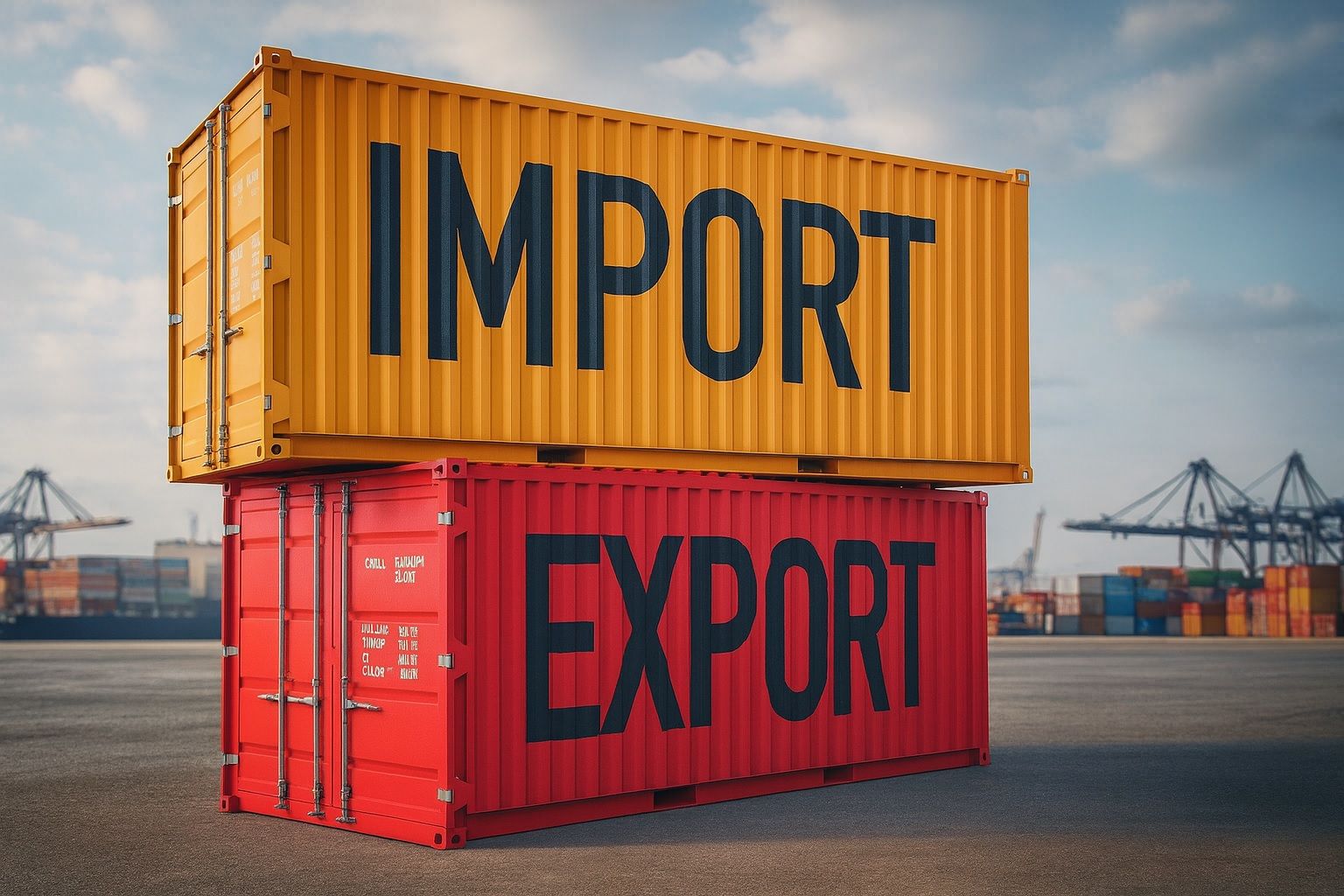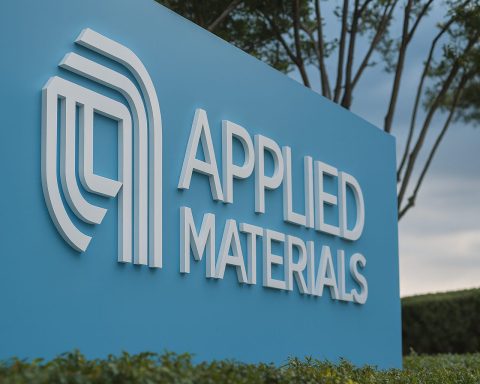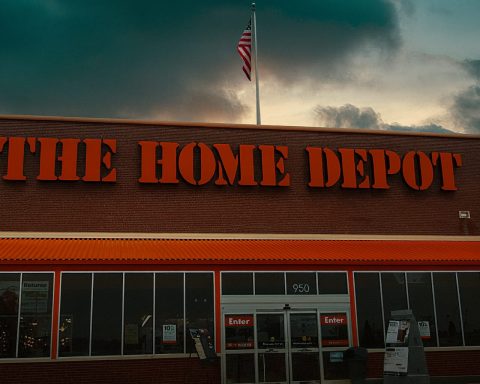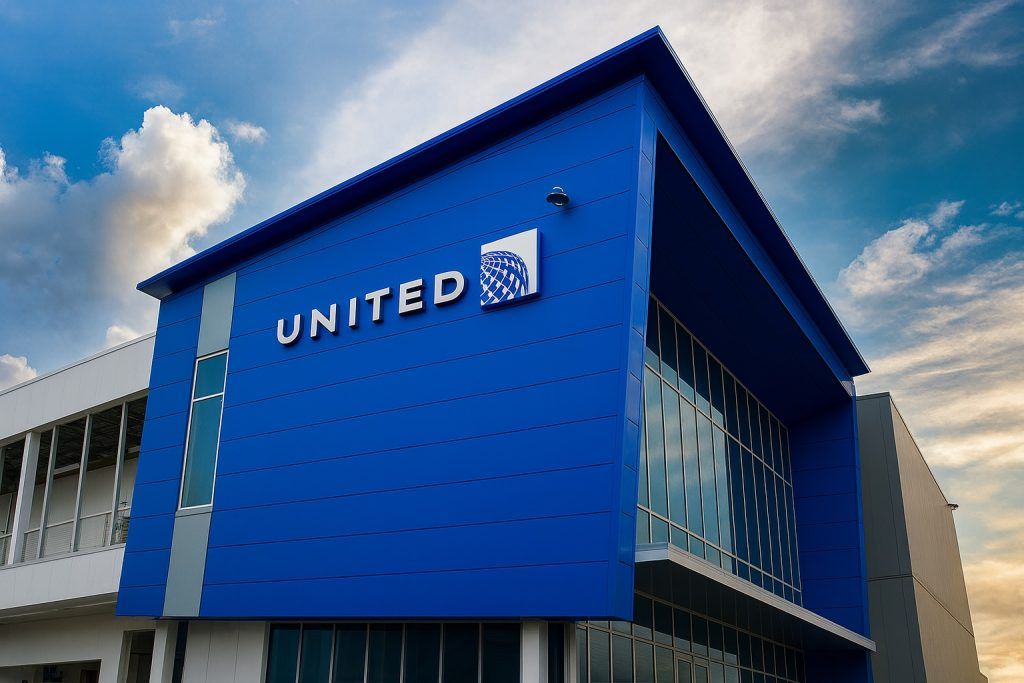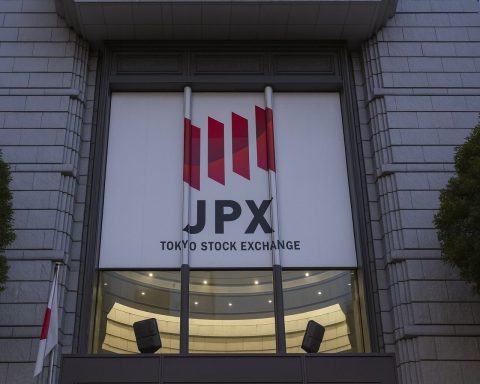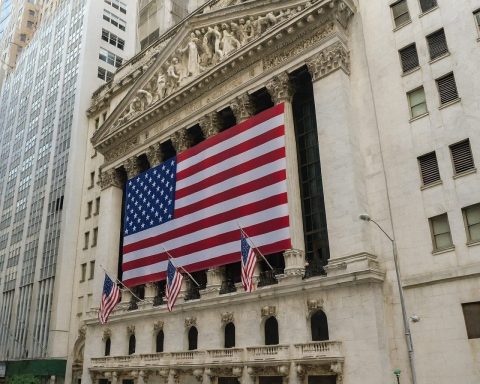- Import Fair Debut: Uzbekistan launched its first international “Uzbek Import Fair 2025” in Tashkent (Oct 7–9) under the slogan “Optimizing Imports and Increasing Local Content.” Over 5,000 Uzbek entrepreneurs and 30+ foreign companies attended, aiming to replace imports with locally made products [1]. The government showcased 95 new investment projects (worth $8.5 billion) to produce import-substituting goods [2], signaling a bold push for domestic manufacturing.
- Global Outreach: Simultaneously, Uzbekistan showcased a national pavilion at MSV-2025 – a major industrial expo in Brno, Czech Republic (Oct 7–10). A 140 m² pavilion featured products from 66 Uzbek companies (branded “Made in Uzbekistan”) in sectors like automotive, electrical equipment, building materials, IT, and metallurgy [3]. With 7,250 companies from 30 countries at MSV, Uzbek firms engaged in B2B meetings, investment talks, and export contract signings to expand their global market reach [4].
- Investor Interest & Reforms: Uzbekistan’s pro-business reforms and partnerships are attracting international investors. “Customs used to be seen as a controller… now it’s a facilitator of trade,” says Farkhod Olimjonov of the Customs Committee [5]. Simplified e-clearance and reduced tariffs have won praise from companies like Inditex (owner of Zara), which lauded “simplified procedures and reduced tariffs” and is finalizing deals to locally produce its full product range [6]. Over 50 Austrian firms are now operating in Uzbekistan (from zero in 2017), drawn by a “large, young and attractive market with growing investor confidence,” according to Rudolf Lukavski, Austria’s trade envoy [7].
- Economic Momentum: Uzbekistan’s economy is accelerating. GDP grew 7.2% year-on-year in the first half of 2025, and the EBRD forecasts 6.7% growth for 2025 (and 6.0% in 2026) [8]. Robust domestic demand, rising manufacturing, and record FDI inflows (~$11.9 billion in 2024) are fueling this expansion [9] [10]. Imports have also surged – $28.5 billion in the first 8 months of 2025, up notably from 2024 [11] – which is exactly what the import substitution drive targets. Officials say the goal is industries that not only replace imports but compete globally, building on the country’s 5.3% average annual GDP growth since 2017 [12] [13].
- Global Context: Uzbekistan’s strategy aligns with a broader shift as companies worldwide adopt “produce where you sell” models [14]. Geopolitical tensions and supply-chain rethinks (post-pandemic, war in Ukraine, etc.) have Europe seeking new production hubs closer to home. Uzbekistan, once just a Silk Road crossroads, now aspires to be a Eurasian manufacturing bridge linking East and West. The timing is favorable: global markets in early October 2025 saw stock indices at record highs and gold prices near historic peaks (gold briefly hit ~$3,922/oz and analysts predict breaking $4,000/oz) amid investor jitters [15] [16]. In this climate of both opportunity and uncertainty, Uzbekistan is positioning itself as a stable, reform-driven destination for investment and production.
Import Fair 2025: Turning Imports into Local Industry
Uzbekistan’s capital Tashkent buzzed with business activity as the country opened the First International Uzbek Import Fair 2025. The exhibition, held at the Uzexpocentre on October 7–9, is a cornerstone of President Shavkat Mirziyoyev’s industrial strategy to boost local production. Deputy PM Jamshid Khodjaev, inaugurating the fair, emphasized its mission to deepen industrial cooperation, support domestic manufacturers, and promote import substitution [17]. The theme “Optimizing Imports and Increasing Local Content” underscores a shift in policy: instead of curbing imports via tariffs or bans, Uzbekistan wants to partner with foreign firms to produce imported goods locally [18].
Scale and scope. The Import Fair drew an impressive turnout. More than 5,000 entrepreneurs from all regions of Uzbekistan joined forces with over 30 foreign companies from China, Japan, South Korea, Egypt, Azerbaijan, Kuwait, Pakistan, Hungary, Slovakia and others [19]. Such wide international participation at a trade fair in Uzbekistan is unprecedented. The Ministry of Investments, Industry, and Trade – co-organizer along with the State Customs Committee – prepared 95 investment projects worth $8.5 billion for presentation [20]. These projects target goods that Uzbekistan heavily imports today, from machinery and electronics to chemicals and consumer goods, with the aim to localize their production. In essence, the fair served as a matchmaking platform: Uzbek officials and entrepreneurs pitching opportunities for joint ventures, factories, and assembly lines that could replace imports with “Made in Uzbekistan” products.
Import substitution 2.0. Notably, this isn’t the old autarkic model of import substitution. Rather than shutting out foreign goods, Uzbekistan is inviting foreign investment and expertise to produce those goods domestically. “Once known as a trade crossroads, the country now wants to become a manufacturing bridge between Europe and Asia, inviting international companies to move from selling to producing locally,” writes Euronews, highlighting Tashkent’s new approach [21] [22]. For example, if Uzbekistan imports large volumes of agricultural machinery or pharmaceuticals, the government is courting the foreign manufacturers of those items to set up plants inside Uzbekistan (often in special economic zones) to make them in-country. This creates jobs, saves foreign currency, and eventually turns Uzbekistan into an exporter of those products. Officials report early signs of success: imports of certain goods like transformers, copper, and chemicals “have dropped sharply in the last nine months,” while the number of local entrepreneurs importing raw materials for domestic processing jumped ~50% in the same period [23]. It appears firms are importing inputs and making finished products at home – a positive trend the government hopes to accelerate through fairs like this.
Crucially, commercial banks and investors were on site at the fair to back these plans. Uzbek banks offered financing packages for projects making import-substitute goods [24]. Twenty-four panel sessions were held during the fair, bringing together scientists, industry experts, and officials to brainstorm solutions for expanding local production across two dozen sectors [25]. By the fair’s end (Oct 9), Uzbek media hailed it as a “significant event for the country’s business and industrial sectors” expected to foster stronger ties between domestic and international companies [26]. In short, Import Fair 2025 was not just an exhibition but a call to action: to reduce Uzbekistan’s $28+ billion import bill by manufacturing more at home, with foreign partners sharing technology and capital.
“Made in Uzbekistan” Goes Global: National Pavilion at MSV 2025
Even as Uzbekistan hosted investors at home, it was simultaneously on the world stage promoting its export potential. From October 7–10, Uzbek companies participated in the MSV-2025 International Engineering Fair in Brno, Czech Republic – Central Europe’s biggest industrial expo. The Uzbek delegation set up a 140 m² national pavilion under the banner “Made in Uzbekistan”, showcasing products from 66 domestic manufacturers [27]. These firms were carefully chosen – all export to the European Union and comply with the EU’s GSP+ trade preferences (which grant Uzbekistan low tariffs in return for sustainable development commitments) [28].
At the Brno fair, Uzbekistan’s pavilion highlighted the country’s diversity of industries: auto parts, electrical equipment, building materials, IT services, metallurgy, textiles, and more [29]. Essentially, it was a snapshot of a rapidly industrializing Uzbekistan. The timing was strategic – 7,250 companies from ~30 countries were present at MSV [30], meaning Uzbek firms had a chance to impress a global audience of industrial buyers and investors in one place. Uzbek representatives held B2B meetings with foreign companies and talks on investment projects and export contracts, aiming to turn expo contacts into concrete business deals [31]. This reflects a growing confidence: Uzbekistan is not only seeking to replace imports at home, but also to boost exports abroad by plugging into European supply chains.
Experts see this as part of Uzbekistan’s pivot toward Europe and high-value markets. For European manufacturers worried about over-reliance on China or other distant suppliers, Uzbekistan is pitching itself as a closer, more stable alternative in Eurasia. “As Europe rethinks its supply chain dependencies, a new production corridor is emerging across Central Asia, and Uzbekistan is working to position itself at its centre,” notes Euronews [32]. By exhibiting at MSV and similar fairs, Uzbekistan signals it can be a reliable partner – offering skilled labor and cheaper production costs, while benefiting from EU trade preferences.
Notably, Uzbekistan’s presence in such fairs is often coordinated at high levels. The state-owned mining company TMK (Tashkent Mechanical Plant) reported that its stand at MSV became “a hub for vibrant meetings that embody the spirit of international cooperation and innovation,” showcasing Uzbekistan’s capabilities in critical minerals and sustainable tech to over 50,000 industry specialists [33]. This kind of promotion abroad complements the efforts at home. One without the other wouldn’t suffice: Uzbekistan needs foreign technology and investment (hence the import fair) and foreign markets for its products (hence the export push at MSV). The dual strategy – court investors in Tashkent, court buyers in Europe – is how Uzbekistan aims to transform into a regional manufacturing hub instead of just a trade route.
Reforms & Partnerships: How Uzbekistan Is Attracting Investors
Uzbekistan’s recent reforms in economic policy and governance are a key enabler of this industrial drive. Since 2017, President Mirziyoyev’s “New Uzbekistan” agenda has liberalized currency exchange, lifted many trade barriers, and modernized customs. The impact is evident: “We’ve eliminated paper declarations, introduced remote e-clearance, and modernised border posts. The goal is not to stop goods at the border, but to help them move faster and to make more of them inside the country,” explains Farkhod Olimjonov, head of strategy at the State Customs Committee [34] [35]. In other words, customs is no longer about protecting local producers by blocking imports; it’s about facilitating trade and production, even if that means letting in more raw materials and components for factories.
This approach has won notice from international companies. Inditex, the Spanish retail giant behind Zara and other brands, is one high-profile example. Inditex executives see big opportunity in Uzbekistan’s cotton and textile sector. “We appreciate the simplified procedures and reduced tariffs,” says Nigar Allaverdiyeva, an Inditex representative, noting that the company is working to finalize agreements enabling its full range of fashion products to benefit from Uzbekistan’s new trade privileges [36]. Essentially, Inditex is looking to expand sourcing or even local manufacturing in Uzbekistan, thanks to easier customs and possibly special economic zones that cut duties. Such an endorsement from a global brand is a strong signal to other multinationals that Uzbekistan is “open for business.”
It’s not just Western apparel companies. State-owned industrial giants in Uzbekistan are also seeking foreign partners to localize production. The massive Navoi Mining and Metallurgical Plant – one of the world’s top gold and uranium producers – needs heavy machinery and equipment. Instead of importing all of it from far abroad, Navoi is inviting equipment manufacturers to set up shop in Uzbekistan. “Importing heavy machinery or excavator parts from distant countries costs time and money,” Navoi engineer Sharifjon Fayziyev told Euronews. “If local entrepreneurs produce them here, we save foreign currency, reduce downtime, and create jobs.” [37]. This underscores that every sector, from mining to automotive, is being encouraged to find local suppliers or JV partners. The Almalyk Metallurgical Combine (a major copper producer) is similarly looking for partnerships to manufacture parts and tools domestically. These efforts should over time reduce the costly import of industrial equipment – one of Uzbekistan’s largest import categories – and develop local SMEs.
Foreign investor interest is indeed rising. “When I first visited in 2017, there were no Austrian investors here. Now there are more than 50,” notes Rudolf Lukavski, Commercial Counsellor at the Austrian Embassy in Tashkent [38]. Austria’s investments range from green technologies to healthcare and manufacturing, he said, adding that Uzbekistan’s market is “large, young and attractive” with growing confidence [39]. The fact that European SMEs and even some larger firms from Austria, Germany, France, and other countries are now entering Uzbekistan suggests that the reforms – such as tax incentives, easier repatriation of profits, and legal protections – are making an impact. According to Xinhua, continued foreign investment and diversified manufacturing expansion underpin Uzbekistan’s rosy growth forecasts for 2025 [40].
Another indicator: Foreign direct investment (FDI) hit a record $11.9 billion in 2024 [41], and 2025 is on track for another strong year. Just in early October 2025, Uzbekistan signed $3–4 billion in new energy deals with U.S. companies (like Air Products and Baker Hughes) on the sidelines of high-level visits [42] [43]. Many of these deals involve setting up production of equipment or materials in Uzbekistan (e.g. a chemicals plant, or assembling oilfield machinery). Such agreements dovetail perfectly with the Import Fair’s message – bringing in investment to make what was previously imported.
Economic Trends and Outlook
All these efforts feed into a larger goal articulated by Deputy PM Jamshid Khodjaev (Xujaev). “Our GDP has doubled in eight years, and exports of finished products are growing faster than ever. We want to build industries that not only replace imports, but also compete globally,” Xujaev said at the Import Fair [44]. That statement captures Uzbekistan’s ambition: not content with mere import substitution, they aim for export-oriented industrialization that puts Uzbek-made goods on the world map.
Trade balance: In the near term, Uzbekistan’s import bill remains high – $28.5 billion in goods and services imported in Jan–Aug 2025 [45] – reflecting strong domestic demand and ongoing infrastructure projects. Top imports include machinery, vehicles, electronics, and metals [46]. Exports, while growing, are smaller (around $15–16 billion in the same period, composed largely of gold, energy, textiles, and produce). The government’s strategy is to gradually shift the import composition: less import of finished consumer and capital goods, more import of raw materials and components to be processed locally. The statistics are beginning to move in that direction (e.g. rise in import of raw inputs, decline in some finished goods [47]). If the 95 projects unveiled at the fair materialize, they could collectively shave a few billion dollars off annual imports in coming years – while adding new exports.
Growth forecasts: The European Bank for Reconstruction and Development (EBRD) is bullish on Uzbekistan. It predicts GDP growth of +6.7% in 2025 (one of the fastest rates in Central Asia) driven by “robust domestic consumption and investments, as well as sustained expansion in diversified manufacturing, bolstered by continued foreign investment” [48]. In fact, Uzbekistan’s economy already grew 7.2% in the first half of 2025 [49], accelerating from 5.5% in 2024. The import substitution-industrialization policy is a key factor in this acceleration, alongside a young population fueling consumption. President Mirziyoyev has set an ambitious target for Uzbekistan to attain upper-middle-income status by 2030 (implying roughly doubling per-capita GDP) [50]. To achieve that, sustaining ~6–7% annual growth is crucial – and that hinges on industrial output and export growth, not just raw commodity sales. The current trajectory – if reforms continue – suggests Uzbekistan might get close to that target, barring external shocks.
Challenges: Of course, transforming an economy isn’t without challenges. Uzbekistan still faces infrastructure bottlenecks, skill gaps, and competition from larger manufacturing hubs like China, Turkey or India. The import fair showcased optimism but also highlighted issues businesses need solved: financing for new factories, technology transfer, quality control, and meeting international standards. The government’s heavy involvement (organizing fairs, brokering deals) helps kickstart projects, but long-term success will require market-driven competitiveness.
On the import side, there’s a delicate balance: until local production ramps up, curbing imports too quickly could cause shortages or slow growth. Thus far, officials have wisely not imposed new import restrictions broadly; instead they use moral suasion and incentives to encourage local production. This pragmatic approach reduces the risk of inflation or black markets that old-style import substitution could cause. Uzbekistan is also leveraging trade partnerships – e.g. it has applied to join the WTO and recently signed enhanced cooperation deals with the EU and neighbors – to ensure it can export what it makes.
Global Tailwinds and Risks
Uzbekistan’s industrial push comes at a time of significant shifts in the global economic landscape, which present both opportunities and risks. On one hand, the reconfiguration of global supply chains works in Uzbekistan’s favor. Many companies in Europe and Asia are pursuing a “China+1” strategy (diversifying production away from a single country). Central Asia, and Uzbekistan in particular, is emerging as an attractive “+1” location – offering political stability, a growing labor force, and improving business climate. “Governments from Europe to Asia are encouraging companies to diversify production away from single-source regions like China through integration with new partners,” Euronews observes, noting Uzbekistan’s model mirrors this wider trend [51]. For example, textile producers that used to import all fabric from abroad now import raw cloth, do the cutting and sewing in Uzbekistan, and then export finished garments to Europe [52]. Similarly, jewelry manufacturers are importing or mining gold in Uzbekistan, refining and crafting jewelry locally, then exporting the higher-value product [53]. These are exactly the kind of value-added activities that can boost national income.
Europe’s interest in Central Asia has also been heightened by geopolitical tensions. The war in Ukraine disrupted traditional East-West trade routes, making the Trans-Caspian corridor via Central Asia more important. Uzbekistan, with its rail links to China and Europe (via Kazakhstan and the Caspian Sea), sits right on this emerging trade corridor. Indeed, Chinese office-supplies brand Deli has been “expanding its range through Uzbekistan’s rail corridors,” using the country as a distribution and production base for reaching other markets [54]. Likewise, a Germany-linked medical supplier, Adina-Med, calls Uzbekistan’s market “one of the most dynamic in the region.” [55] All of this suggests a growing international confidence that Uzbekistan is a place to invest for the long haul.
On the other hand, global economic headwinds could pose challenges. The first week of October 2025 saw considerable financial market volatility. Gold prices soared to record highs, breaching all-time records – with an intraday spike to ~$3,922 per ounce and analysts at major banks predicting gold could surge past $4,000/oz by year-end [56] [57]. Typically, such a rush to gold signals investor anxiety about risks (e.g. war, inflation, or recession). At the same time, stock markets hit record peaks; U.S. equities had a “wild 48 hours” of rallying to historic highs even as gold climbed [58]. This unusual concurrence of booming stocks and booming gold reflects mixed signals: optimism about tech and growth on one side, and a search for safe havens on the other. For Uzbekistan, which plans to tap international capital markets and attract investment, a potential global downturn or financial turbulence is a concern. If major economies slow or if investors turn very risk-averse, funding for new projects in emerging markets might dry up.
So far, though, Uzbekistan appears to be navigating this environment well. It has relatively low debt, and high gold reserves (the country is a significant gold exporter, and high gold prices actually boost its export revenues). It’s also somewhat insulated – in a positive way – from global financial swings due to its still modest integration with global capital markets. In fact, one could argue that in uncertain times, investors seek real economy projects and tangible assets, which Uzbekistan offers (e.g. mining ventures, infrastructure, manufacturing plants). As one strategist noted in context of gold’s rise, this may be part of “a deliberate recalibration of the global order” towards hard assets [59]. For Uzbekistan, focusing on manufacturing and commodities, this could mean sustained interest as a destination for “real” investment (factories, resource development) as opposed to speculative portfolio flows.
Outlook: From Crossroads to Hub?
Uzbekistan’s flurry of activity in October 2025 – hosting an import fair at home and pitching itself abroad at MSV – encapsulates a nation on the cusp of transformation. The country is leveraging its strategic geography and reform momentum to move “from a transit corridor to a production hub”, as officials like to say [60]. The foundations are being laid: laws have been liberalized, foreign partners are signing on, and domestic entrepreneurs are energized. The coming years will test how well these fair deals and MOUs turn into bricks-and-mortar realities – factories built, jobs created, and imports reduced.
International experts are watching closely. The consensus is cautiously optimistic. With a young population of 36 million, vast natural resources, and a location bridging huge markets, Uzbekistan has immense potential. Realizing that potential requires steady policy continuation – maintaining investor-friendly reforms, improving education and skills, and upgrading infrastructure. The government seems committed: even at the import fair, beyond the deals, there was talk of “systematically analyzing challenges and developing effective solutions” in each sector [61], indicating awareness of the work ahead.
In summary, Uzbekistan’s big bet on import substitution through openness – not isolation – is a novel model in the region. By hosting events like the Import Fair 2025, Tashkent is effectively saying to global investors: “Come make the things we usually import, and we’ll both win.” And by stepping onto platforms like MSV in Europe, it is telling the world: “We’re ready to compete – Made in Uzbekistan can meet your needs.” If the current trajectory continues, Uzbekistan could very well emerge as Central Asia’s manufacturing powerhouse, a key link in Eurasia’s supply chains, and a case study in how a former Silk Road crossroads became a modern industrial hub. The next 2–3 years will be critical in turning this ambitious vision into reality, but for now, the momentum is clearly on Uzbekistan’s side [62] [63].
Sources: Official news reports and releases (UzDaily, Yuz.uz) on the Import Fair and MSV expo; expert analysis by Euronews [64] [65] [66] [67]; Uzbek government statistics via Trend News [68]; EBRD forecast via Xinhua [69]; and global market commentary from TS2 Tech [70] [71], among others. All information is current as of 9–10 October 2025.
References
1. www.uzdaily.uz, 2. www.uzdaily.uz, 3. www.uzdaily.uz, 4. www.uzdaily.uz, 5. www.euronews.com, 6. www.euronews.com, 7. www.euronews.com, 8. english.news.cn, 9. www.euronews.com, 10. english.news.cn, 11. www.trend.az, 12. www.euronews.com, 13. www.euronews.com, 14. www.euronews.com, 15. ts2.tech, 16. ts2.tech, 17. www.uzdaily.uz, 18. www.euronews.com, 19. www.uzdaily.uz, 20. www.uzdaily.uz, 21. www.euronews.com, 22. www.euronews.com, 23. www.euronews.com, 24. www.uzexpocentre.uz, 25. www.uzexpocentre.uz, 26. www.uzdaily.uz, 27. www.uzdaily.uz, 28. www.uzdaily.uz, 29. www.uzdaily.uz, 30. www.uzdaily.uz, 31. www.uzdaily.uz, 32. www.euronews.com, 33. uztmk.uz, 34. www.euronews.com, 35. www.euronews.com, 36. www.euronews.com, 37. www.euronews.com, 38. www.euronews.com, 39. www.euronews.com, 40. english.news.cn, 41. www.euronews.com, 42. uz.kursiv.media, 43. newslineuz.com, 44. www.euronews.com, 45. www.trend.az, 46. www.trend.az, 47. www.euronews.com, 48. english.news.cn, 49. english.news.cn, 50. english.news.cn, 51. www.euronews.com, 52. www.euronews.com, 53. www.euronews.com, 54. www.euronews.com, 55. www.euronews.com, 56. ts2.tech, 57. ts2.tech, 58. ts2.tech, 59. ts2.tech, 60. www.euronews.com, 61. www.uzexpocentre.uz, 62. english.news.cn, 63. www.euronews.com, 64. www.euronews.com, 65. www.euronews.com, 66. www.euronews.com, 67. www.euronews.com, 68. www.trend.az, 69. english.news.cn, 70. ts2.tech, 71. ts2.tech
